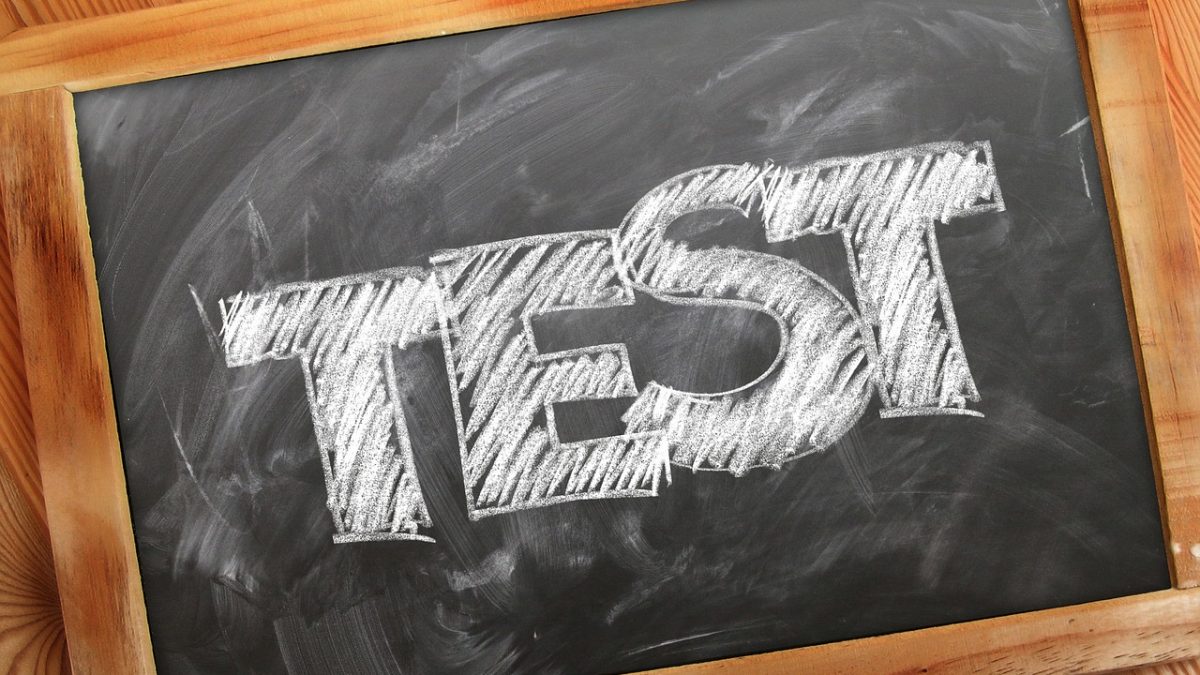
Clear the Lobby: What Laws are MPs voting on this week? W/C 18th July 2022
July 11, 2022
What Impacts Are the Rising Energy Prices Having for the Green Energy Transition?
July 15, 2022Article written by Leah Minett, Birkbeck University, LLB Law
There is no doubt that training contract applications can be incredibly daunting. Not only is there significant competition with approximately 30,000 students applying, but the application process itself is extensive. While the exact process differs from firm to firm, many firms will require you to complete a Watson Glaser test as part of the application process. The pass mark will depend on each individual firm, but students should be aiming to achieve a minimum mark of 75% in order to move on to the next round of the application process. This article will explore how the Watson Glaser test is structured, as well as providing tips to help you succeed.
What is the Watson Glaser test?
The Watson Glaser test is an aptitude test commonly used by law firms to gauge a candidate’s critical thinking skills. Depending on the firm, the test is likely to either consist of 40 questions with a 30 minute time limit, or 80 questions with 60 minutes to complete it. Employers want to evaluate an individual’s ability to evaluate arguments, dissect information and draw conclusions. The test is made up of five sections: inferences; assumptions; deductions; interpretations; and evaluation.
Inferences section
An inference is a conclusion based on an opinion that is formed based on reasoning and evidence. In this section, you are given a scenario in which you are to assume that the information provided is true. A statement – inference – will then be provided, and you must decide whether the inference is true, probably true, false, probably false, or whether further information is required to answer the question. The inferences section of the test requires you to consider both the information provided in the passage, as well as commonly accepted knowledge in order to decide whether or not the inference is true. An easy way to consider the potential answers is outlined below:
TRUE: this means that the statement is true beyond a reasonable doubt. For the answer to be true, there must be no way that the statement could possibly be incorrect from the facts given.
PROBABLY TRUE: this means that based on the information given as well as commonly accepted knowledge, the statement is more likely to be true than it is to be false. However, for the answer to be probably true, you must not be able to 100% confirm from the statement given that the facts prove it to definitely be true.
FURTHER INFORMATION REQUIRED: there must be insufficient factual evidence to determine whether or not the statement could possibly be true or not. For example, if the scenario given related to the percentage of students obtaining a 2:1 in their degree, and the inference discussed the number of students that enjoy their degree, you would require further information to determine whether or not this is the case, as the relevant facts are not outlined in the scenario, and in light of the information provided in the scenario, it is impossible to say whether it is true or not.
PROBABLY FALSE: this means that in light of the information provided, the statement is more likely to be false than it is to be true. Again, for the answer to be probably false, you must not be able to determine from the statement whether or not the answer could 100% be false.
FALSE: this means that from the facts given, there is no possible way that the statement could potentially be true. The statement must be in clear contradiction with the scenario in order for the answer to be 100% false.
Assumptions
An assumption is something that we accept to be true, without any proof. Again, scenarios will be given in this section followed by a statement, and it is your responsibility to decide whether the assumption has been made, or whether it has not. For example, if the scenario states that a family is travelling by plane rather than by car as they need to get there quickly, the statement may be that travelling by plane is more expensive than travelling by car. In this example, the answer would be ‘Assumption Not Made’, as nowhere in the question does it mention the cost of each mode of transport. However, if the statement was that it is quicker to travel by plane, the answer would be ‘Assumption Made’, as the statement has indicated that the reason for travelling by plane as opposed to car is due to their need to get there quickly, therefore the assumption has been made that travelling by car would be a slower mode of transport.
ASSUMPTION MADE: it is clear from the statement that the scenario follows the facts outlined in the statement.
ASSUMPTION NOT MADE: while it may be true, there is no evidence in the scenario to support the assumption. Even if you know the statement to be true, if it does not follow the information provided in the scenario, the assumption has not been made.
Deductions
In this section, you will be given a scenario followed by a statement, and you must decide whether the conclusion does or does not follow. If you cannot draw a logical conclusion from the scenario given, then the conclusion does not follow. For example, if the scenario states that May 2022 is the hottest month on record, and the statement is that June 2020 was hotter than May, the deduction does not follow, as it is clear from the facts that this is incorrect, and it is not possible to arrive at this conclusion based on the factual evidence provided. It is important with deductions to assume that all information provided is incorrect. While you may be aware that June 2020 was hotter than May 2022, this is irrelevant – all that you are required to do is to take the information provided as fact, and confirm whether the statement following the scenario follows.
Interpretations
This section requires you to decide whether it is possible for a conclusion to follow from the given information beyond any reasonable doubt. In this section, a paragraph of information will be provided and you must interpret the information and decide whether or not the conclusion follows. Your task is to decide whether in making the given statement, the person is making the proposed assumption. The best way to consider this section is to read the question aloud and imagine that you are the person that has this information. You should then read the statement aloud and consider whether or not you, having provided the initial information, would have meant for such a conclusion to be reached. If not, the conclusion does not follow.
Evaluation
This section is designed to test your ability in determining the strength of arguments. For each question, there will be a question followed by an answer, and your task is to determine whether it is a strong or a weak argument. Again, for this section you are required to assume that any statements or facts provided in the initial question are correct. It is important to note that just because the answer statement may be short and succinct, this does not necessarily mean that it is not a strong argument. Similarly, having a very long answer may not actually be answering the question so it’s important to consider each question carefully. Here are some tips to help you decide whether an argument is strong or weak:
STRONG ARGUMENT: it must be directly related to the question and must be materially impactful. For an argument to be strong, it must show clear benefits or disadvantages with explanations of the point.
WEAK ARGUMENT: An argument is weak if it merely describes the position of the question/statement, or if it is not directly relevant to the question. For example, if the question relates to whether flexible working increases productivity in the workforce, and the answer given relates to flexi working making people value their company, this would be a weak argument if it does not directly relate back to the point about productivity.
Tips on practising for the test
While the Watson Glaser test can seem overwhelming, if you break down each section and focus on what you are being asked, it feels much less daunting. It is always worth having a pen and paper handy when completing the test as writing down the key points can help to arrive at a clear answer. Before taking the test, it is important to ensure you have done lots of practice tests first. Many of these practice tests will provide a comprehensive report detailing the areas you performed well in – review this information and ensure that you work on the areas you struggle with the most before taking the test as part of your application. The more tests you take, the more confident you will feel in the format of the test and how to answer each question. It is important to remember that critical reasoning tests are not about what you think, they are about how you think. It is easy to fall into the trap of using general knowledge to answer the questions, so make sure that you use only the information provided to answer the questions presented.





